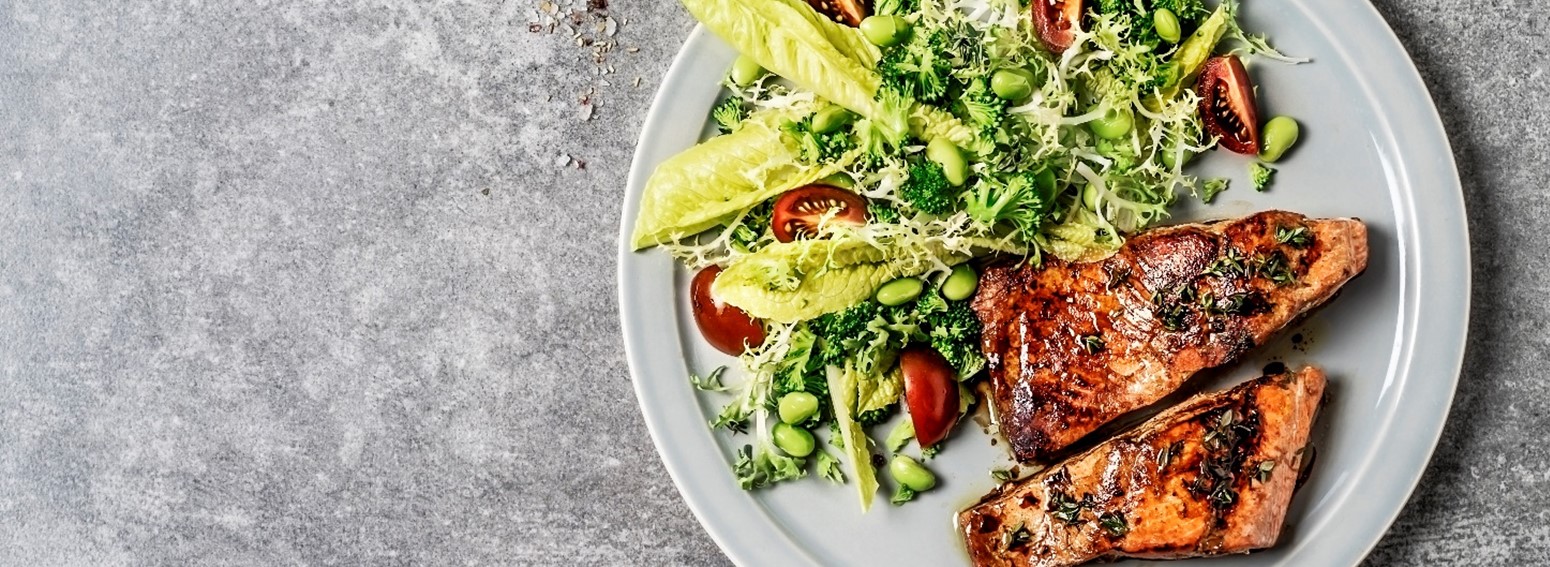World Fisheries Day is commemorated on the 21st of November of each year. Here are eight facts you might never have known about sustainable seafood!
1. Our love of seafood is growing to be “dangerous”.
Our love of seafood has grown ‘dangerous’, with statistics showing that Malaysians and Singaporeans consume more than an average of 22kg of seafood per year, above the global average of around 20kg.1

2. Seafood consumption is a global concern.
This problem, however, goes beyond our region. Worldwide, seafood consumption has reached 156 billion kilograms every year. As the largest traded food commodity in the world, seafood provides sustenance to billions of people worldwide. According to the World Wildlife Fund, approximately 3 billion people in the world rely on wild-caught and farmed seafood as a primary source of protein.

The United Nations’ Food and Agriculture Organization (FAO) estimated global fish consumption per capita more than doubled from 9kg in 1961 to 20.5kg in 2018. This insatiable appetite for seafood has led to overfishing and has resulted in an overall decline of fish populations. According to FAO, in 1974, 90 per cent of the world’s fish stocks were at healthy levels. That figure has since dropped drastically to 65.8 per cent in 2017.
3. Sustainable seafood is the way forward.
Seafood consumption is not just closely linked to our marine and aquatic lives; it is tied to our oceans and human communities as well.
Sustainable seafood is seafood that is caught or farmed in ways that considers the long-term vitality of harvested species and the well-being of the oceans as well as livelihood of fisheries-dependent communities.
4. In Sodexo, seafood is categorised to enable sustainable sourcing.
In ensuring supply chain sources are sustainable, our supply management team has worked with leading industry organizations and NGOs to put together a Sodexo Sustainable Seafood Sourcing Guide. This guide categories these sea creatures into 3 major categories on our Sodexo Species List.

These ensure we do our part in protecting our precious sources by buying from the green category and sparingly from the orange category. It also allows us to state our ground clearer with partners and suppliers to avoid consuming species which are at risk of going extinct.

Innovative alternatives: plant-based sushi and fish & chips prepared by our chefs
5. There are “certificates” to determine sustainable seafood sources.

Other than categorizing our seafood, we can ensure we are not buying harming our marine ecosystem by working with suppliers and vendors that are awarded with the recognized Sustainable Seafood Certification by organisations such as the Marine Stewardship Council (MSC). Our Supplies Management team would then manually check that our supplies and vendors have the relevant certifications before we begin purchasing seafood from them. These steps ensure transparency in our supply chain knowing that we are not bringing in foods from the red categories and foods from the orange categories are correctly sourced. Kudos to our Supplies Management team for all the hard work as this whole process can be quite tedious!
6. Five pillars “guard” Sodexo’s seafood sourcing journey.
As a company that improves the quality of life of people, we have developed our approach to corporate responsibility by looking not only at the different roles that we play as a global organization, but also at the different impacts our actions. As such, we have committed to source 100% sustainable fish and seafood with these 5 pillars.

7. Sustainable sourcing brings us closer to our global goals.
Adopted by all United Nations Member States in 2015, the 17 Sustainable Development Goals (SDG) provides a shared blueprint for peace and prosperity for people and the planet, now and into the future.

With the SDGs in mind, we have a big opportunity to improve the quality of life of our stakeholders. We do so by creating a positive impact on individuals, communities, and the environment. By keeping goals aligned with the SDGs, we can do our part in making our planet a better place.
8. You and I can play a part.
At this point, it is evident that our eating habits not only affect our health, but also our biodiversity, natural resources and contributes to global warming. One way we can commit to reducing our environmental impact is through responsible consumption.

Plant-based offerings by our culinary teams
At Sodexo, through the expertise of our culinary team and the close collaboration with our suppliers, we make a positive impact on how food is sourced, served, and consumed. Our chefs also strive to incorporate more plant-based options in our food offerings while offering the same great taste and texture.
Our journey continues
Let’s continue to spread awareness of the importance of mindful consumption. Together with our ecosystem of stakeholders, we will work towards having 100% of our seafood sources to be sustainable by 2025.
Learn more:
- Sodexo’s Sustainable Eating Efforts:
- Sodexo’s Sustainable Seafood Guide
- Global Sustainable Seafood Initiative – Recognised Certifications
- 1 Channel News Asia Commentary
